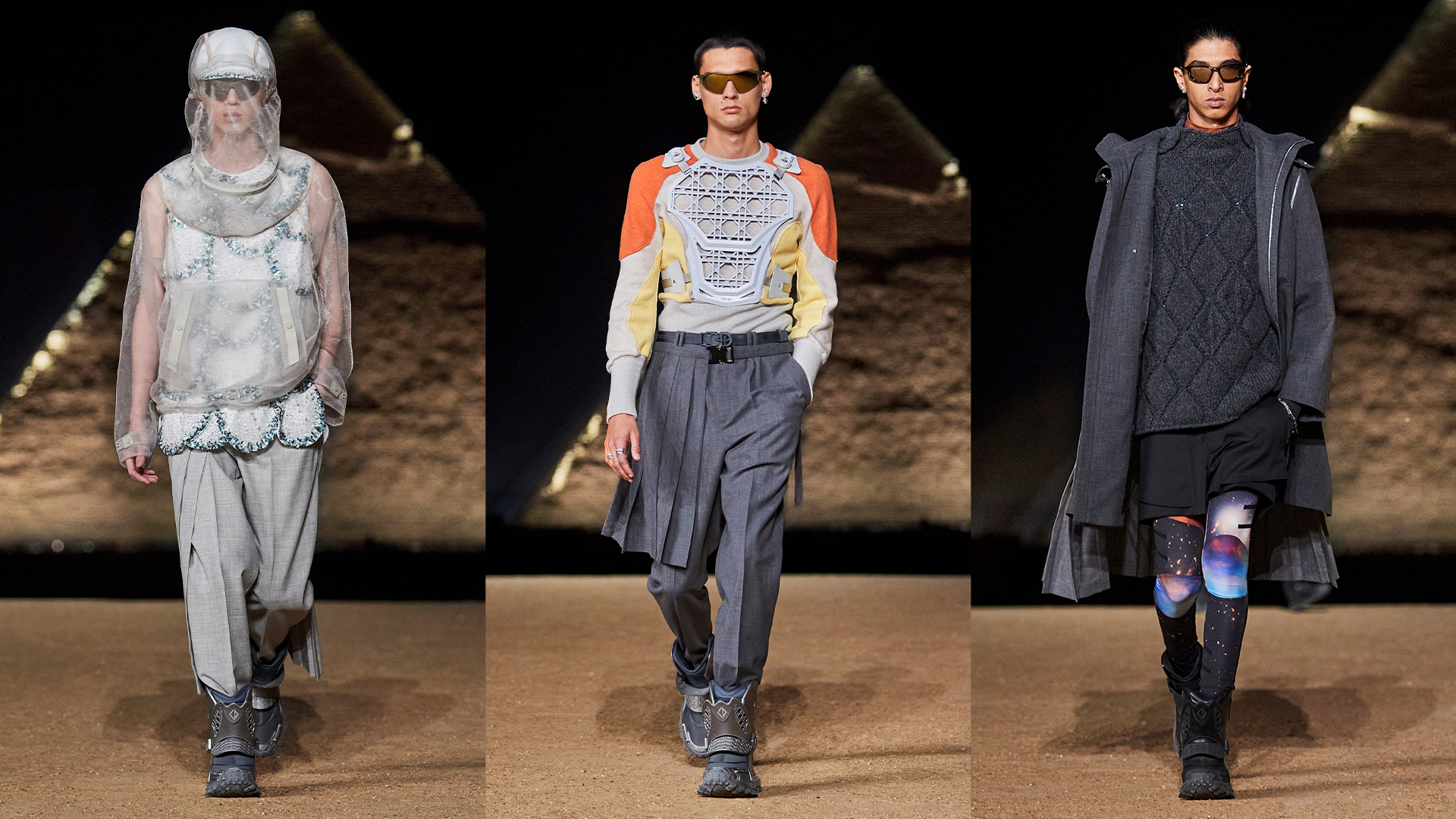If aliens had touched down on the outskirts of Cairo on Saturday night, it wouldn’t have been the most astonishing element of a fashion show that took the phrase “out of this world” somewhat literally. In front of the Giza Pyramids – one of the seven wonders of the ancient world, and the only still left standing – Kim Jones presented a Dior Men collection that drew on his obsessions alongside a transfiguration of the house archives to an audience who, by its closing concert (a 45-minute Max Richter performance of Vivaldi’s The Four Seasons), had run out of superlatives to describe it all. If destination shows have become a space in which brands flex their weight, this was a knockout.
“It’s a bit surreal,” grinned Kim in a preview proudly. Since he discovered that showing in front of the pyramids was a realistic possibility, he had, he explained, decided not to literally lean into the wealth of symbolism they offer but instead explore a more personal understanding of their impact: personal in terms of his own passions, but equally those of the house he helms. Monsieur Dior had been obsessed with superstition and astrology and “in both the collection and the show there is an idea of [being] ‘guided by the stars’ and what that can entail in many ways,” he said. Equally, the pyramids themselves were constructed in alignment with an incomprehensibly advanced astronomical understanding – and, in the thousands of years since their building, every minutia of their architecture has been subject to scrutiny which has shed little light on how they were designed as such.
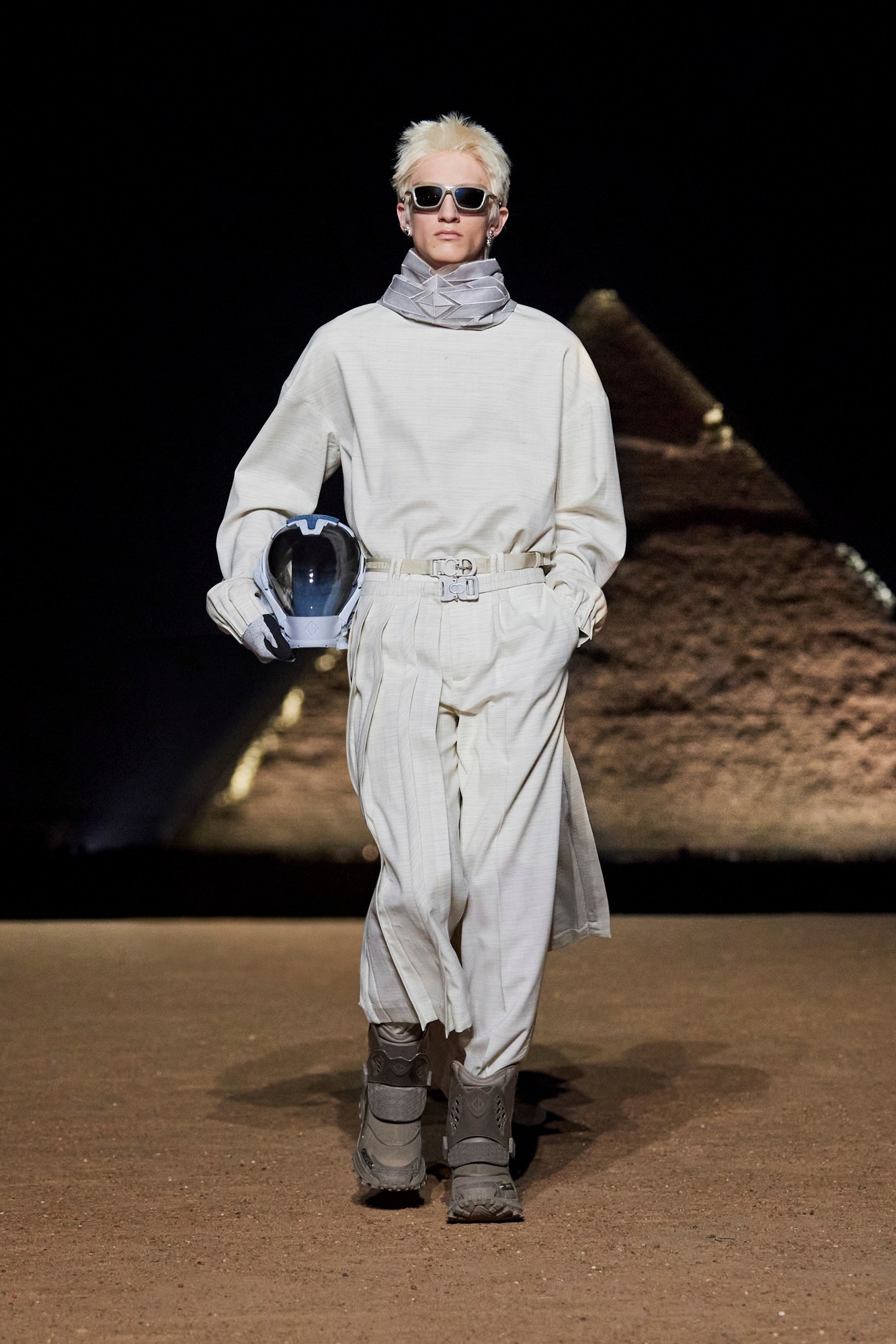
So, at dusk, in front of the illuminated monuments, 75 looks trekked through the desert, their trailing chiffon scarves and capes blowing in the desert wind but grounded by futuristic 3D-printed boots and sci-fi sunglasses. It has, far from coincidentally, been 75 years since Dior’s was founded in its celestially-oriented fashion – and the historic silhouettes of the house were here reprised through Jones’ own perspective, replete with the utilitarian chic and determined modernity that has defined his tenure there.
“I re-read Frank Herbert’s Dune,” explained Kim. “And I went through all my books, like Jodorowsky’s screenplay of it – but it was for more of a feeling than a reference.” A man who grew up on Star Wars, and who has a Derek Jarman painting of pyramids hung on his bedroom wall (the original backdrop for Bowie’s Ashes To Ashes video), he presented an abstract reflection of his own fixations rather than a literal reinterpretation of them: celestial pragmatism rather than stargazing romance. The ethereal transparencies were technically formed; desert trooper leggings layered beneath satin shorts; the couture, scalloped embellishments of Dior’s 1949 “Venus” dress now applied to a vest-like armour. Archival drapery and voluminous, A-line grandeur were translated into newly practical shapes; the bias-cut pleating of 50s dresses revised as belted half-kilts strapped atop tailored trousers.
“I didn’t want to just reference the past – even though there are a lot of key Dior references,” Kim said; in fact, by 1948, there were four boutiques stocking Dior in Egypt, with Princess Faiza was a part of the house’s illustrious clientele. But, rather than looking back to ancient Egypt or otherworldly romance – and in spite of Kim being rather taken by theories of ancient aliens – it felt like a future-facing vision; more post-Space X than anything else (a sentiment supported by prints of NASA’s telescopic imagery). If Elon Musk is making that proposition feel ominously dystopian, here it appeared fantastically alluring – and, cross-cultural referencing aside (Timothée Chalamet is certainly going to have a very relevant wardrobe for the Dune 2 red carpet), the show was in and of itself presented a historic moment for fashion. It was a once-in-a-lifetime sort of thing. But, if Jones’ own history is anything to go by, the best is still – somehow – yet to come.

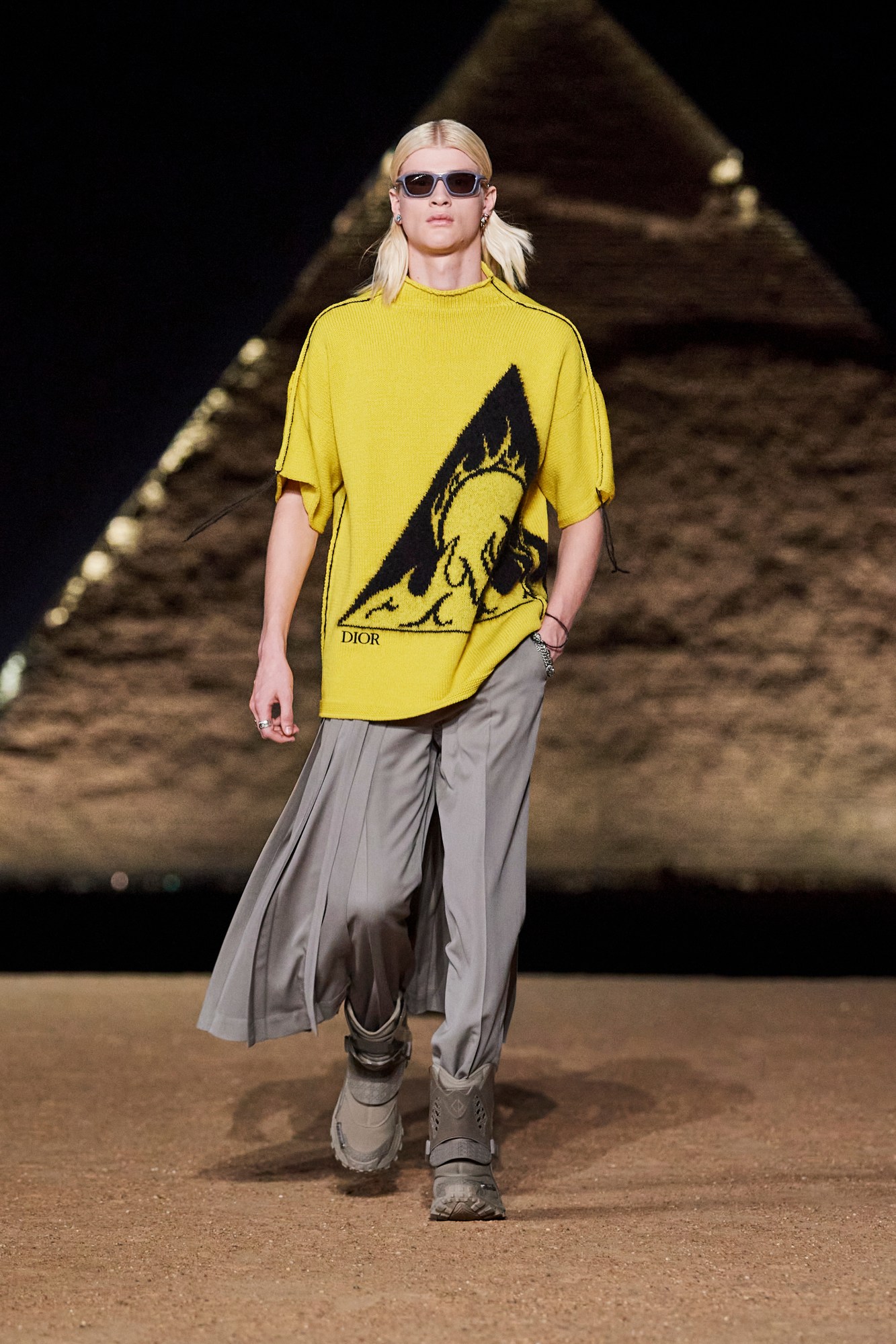
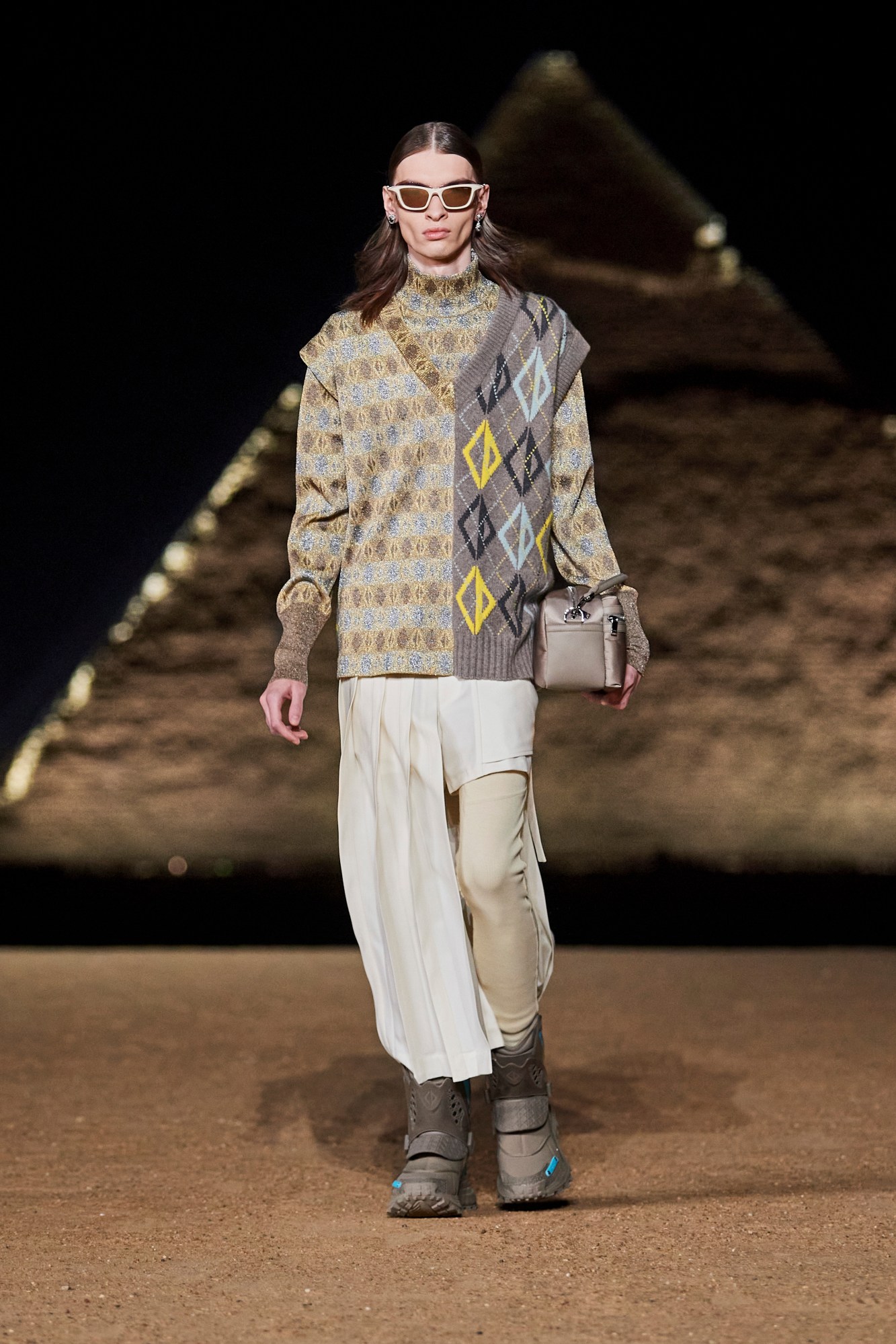
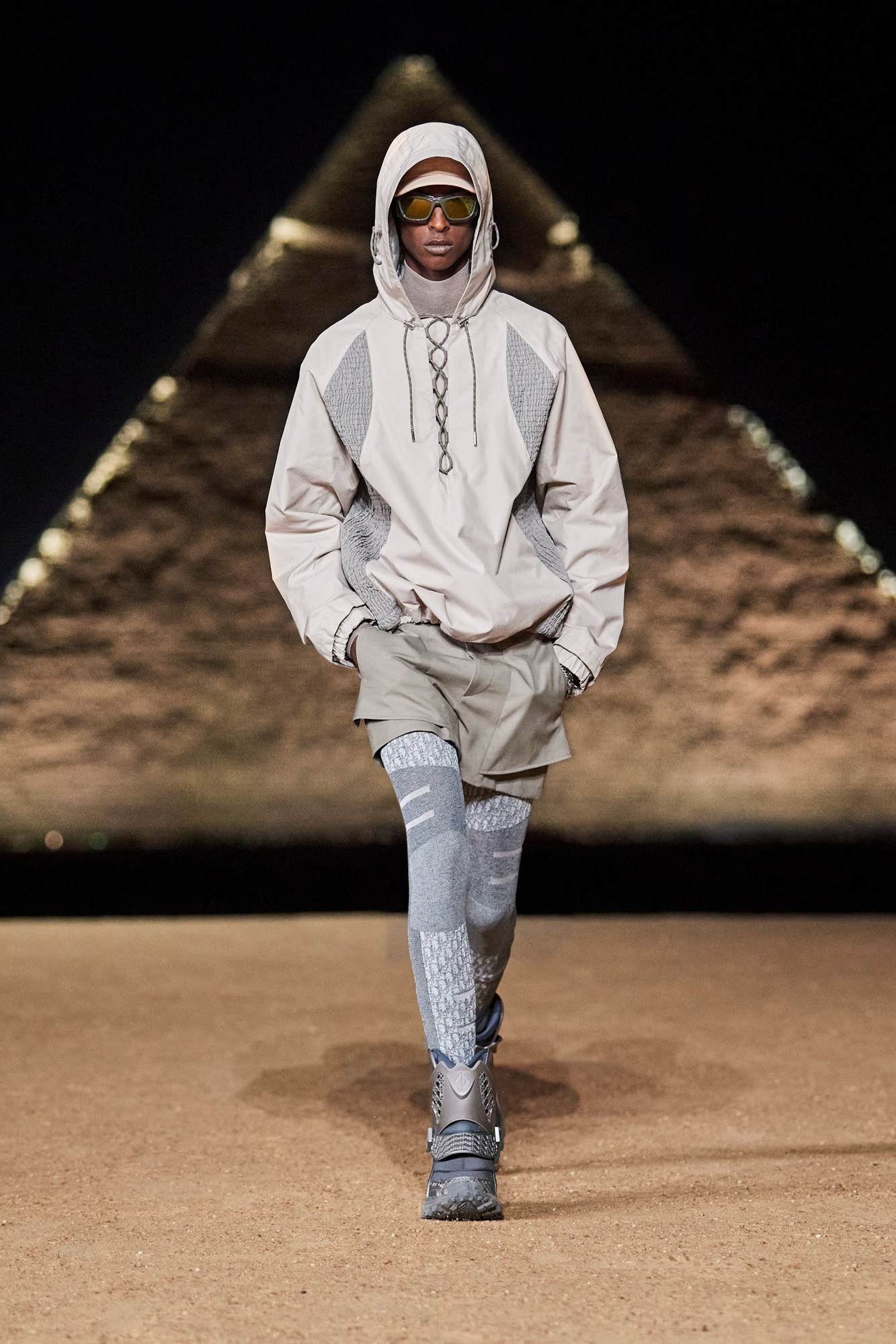
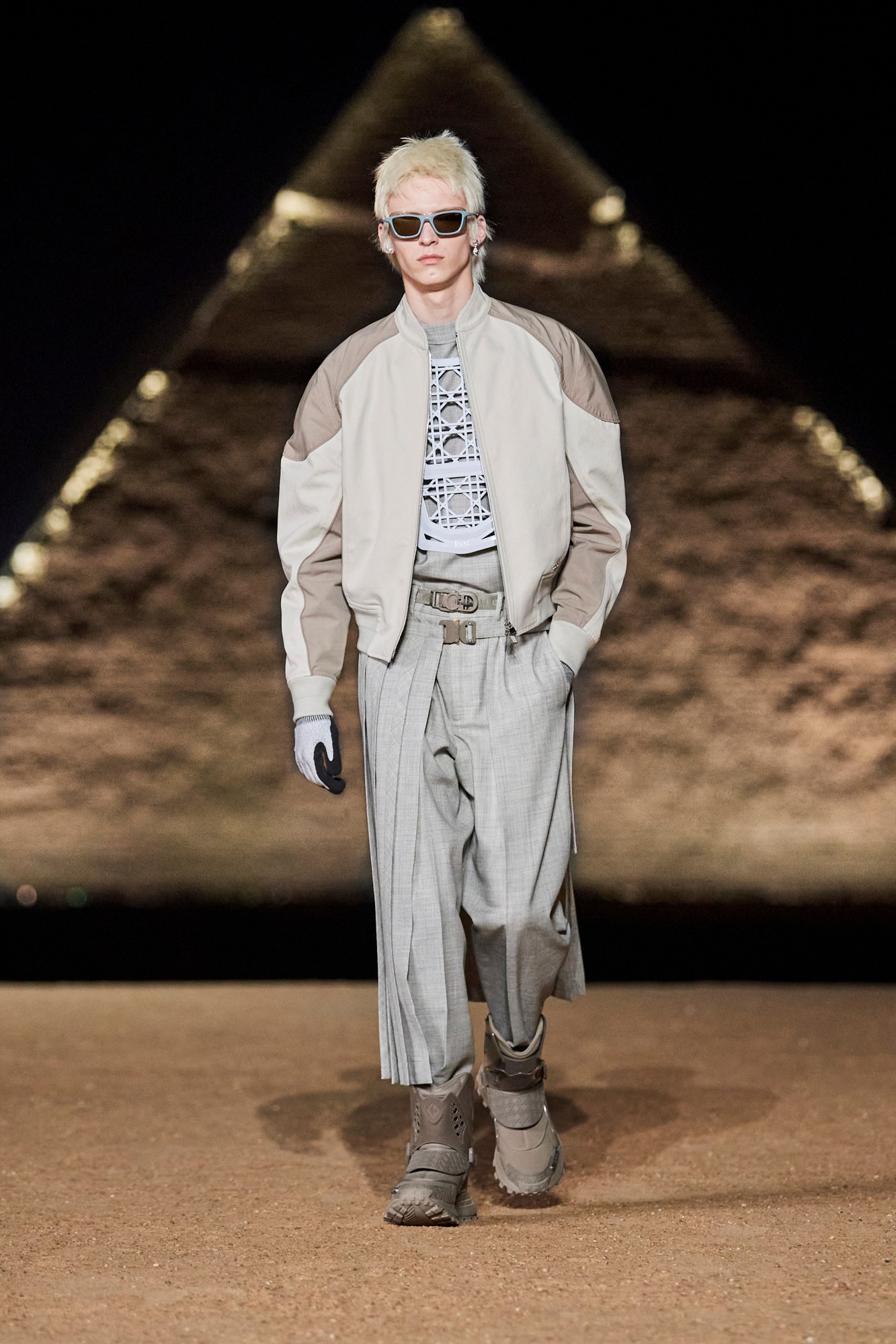

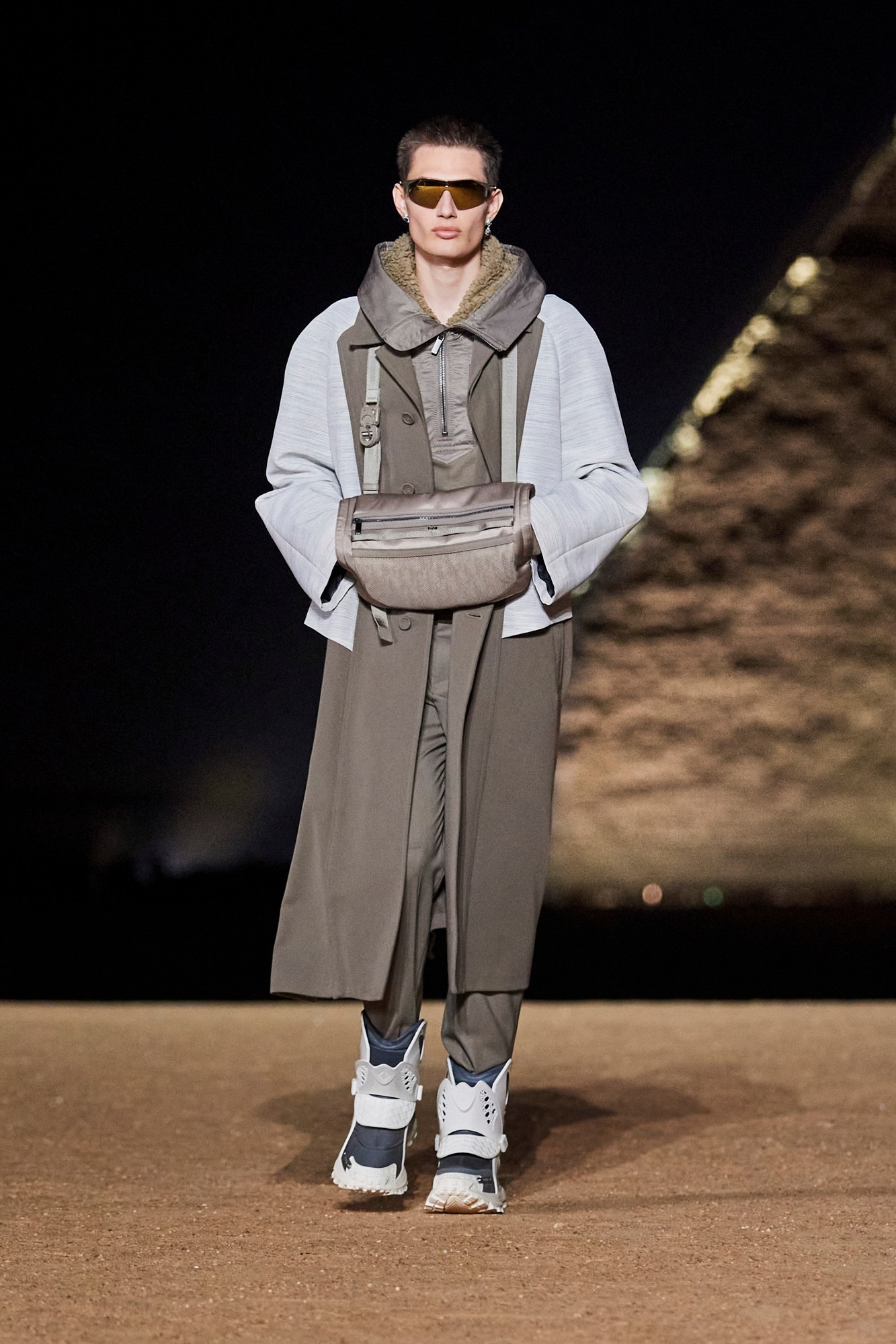
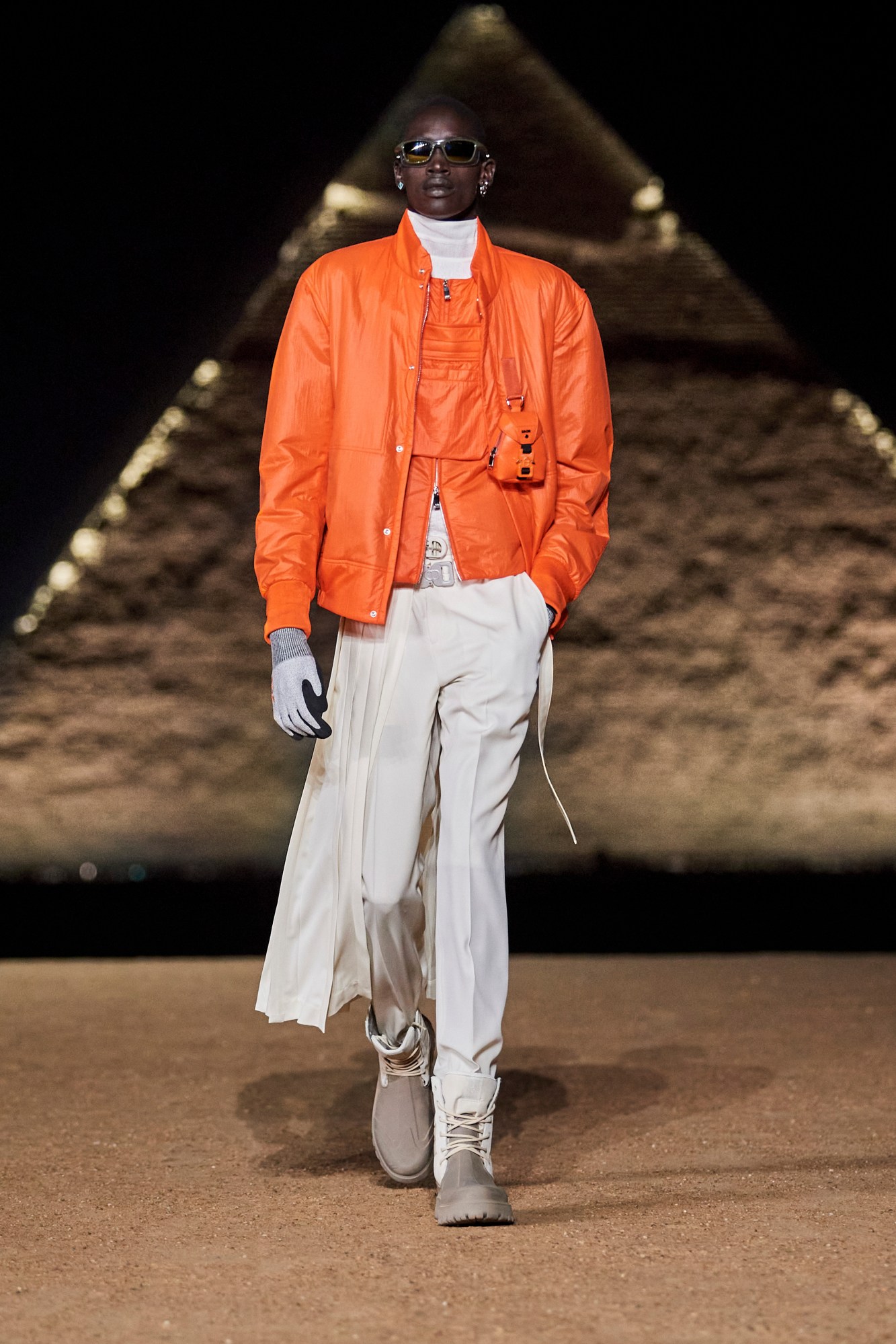

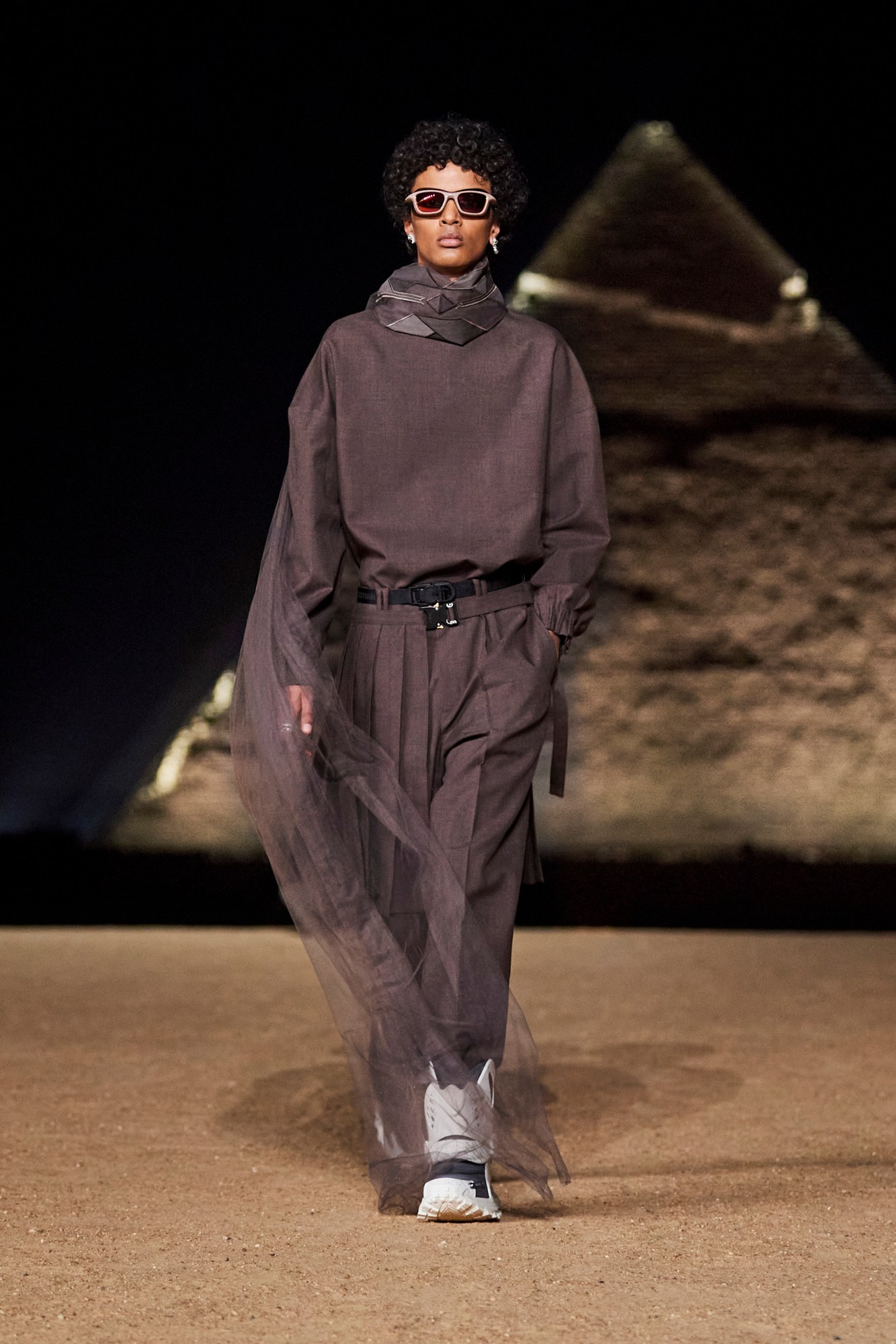
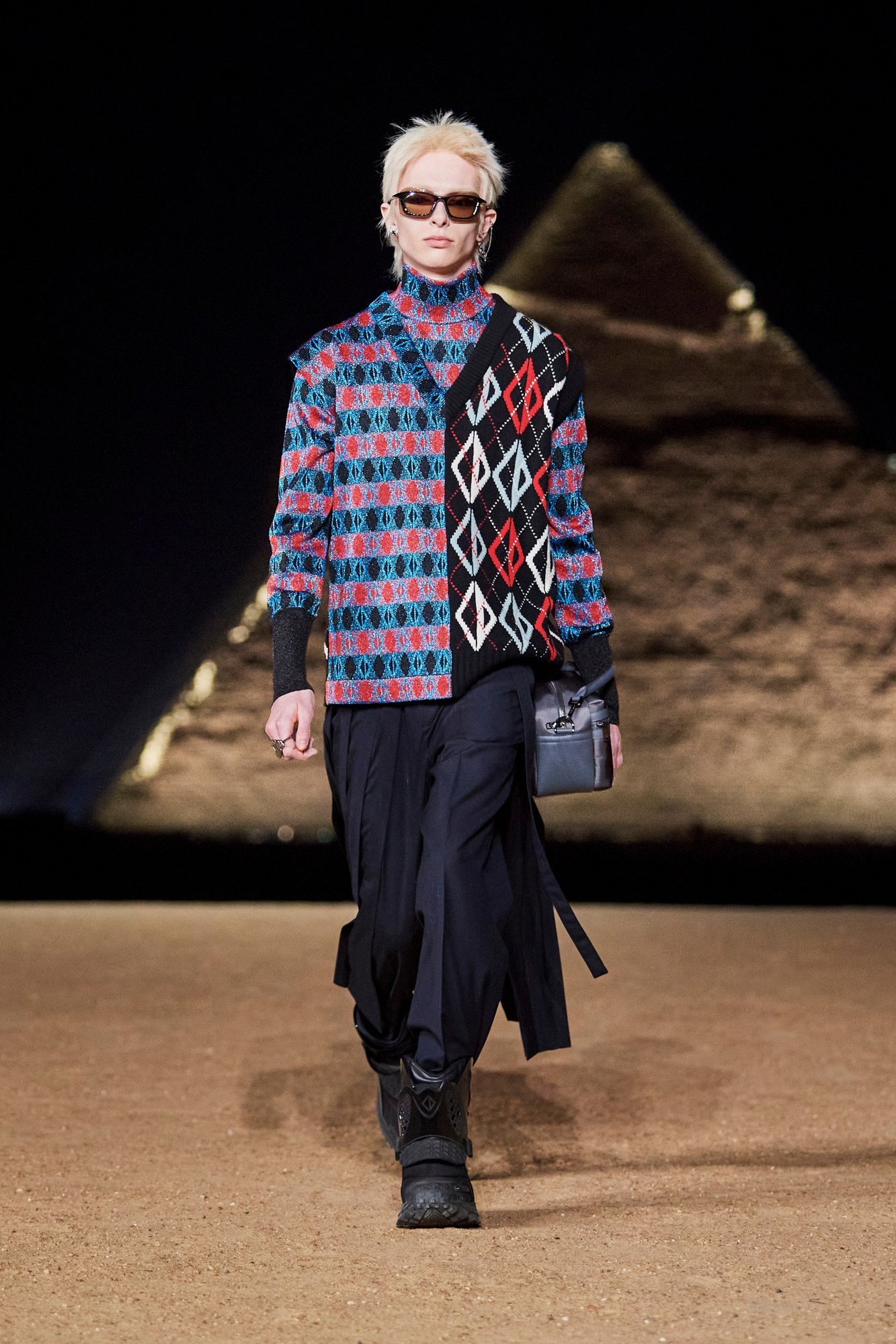
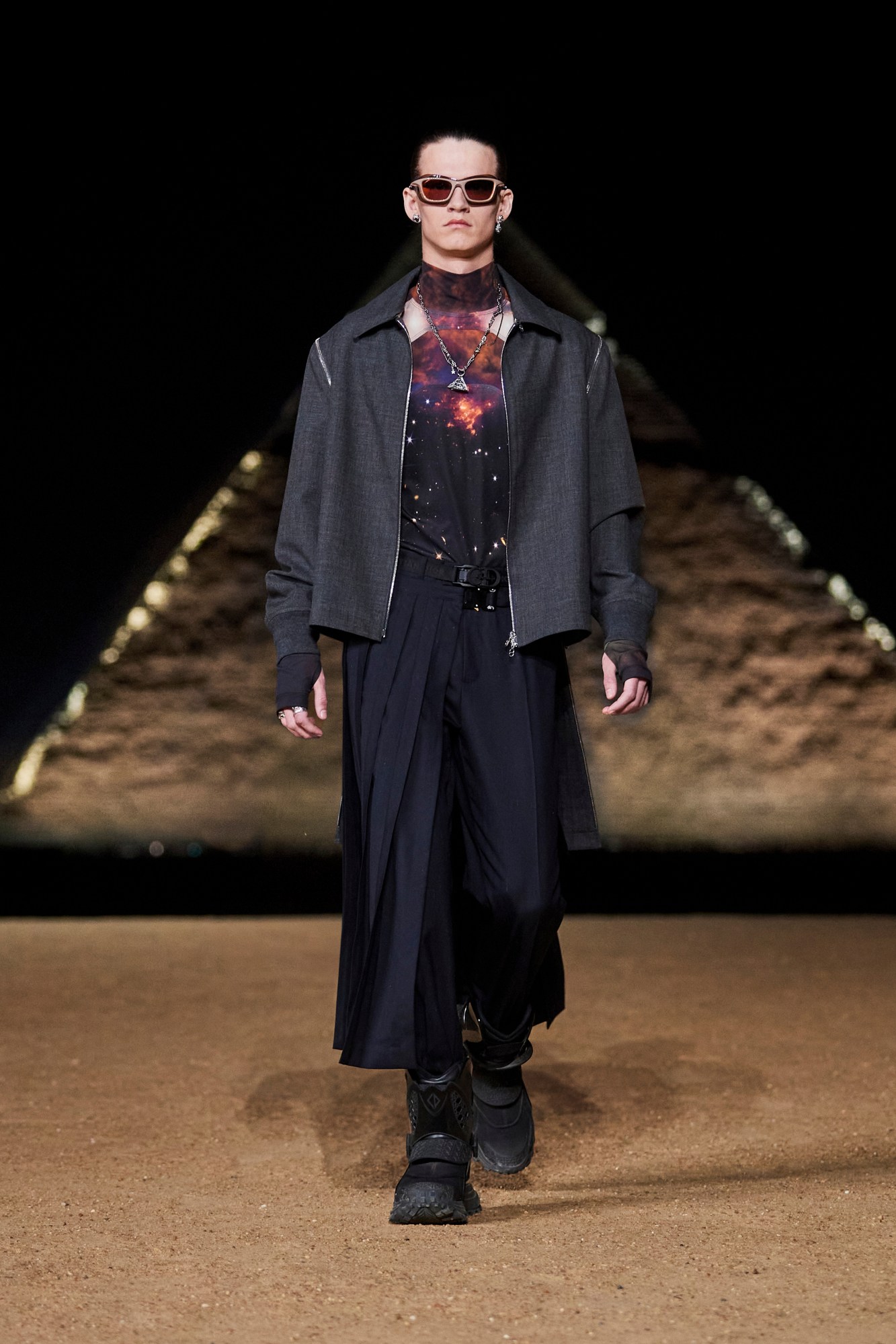
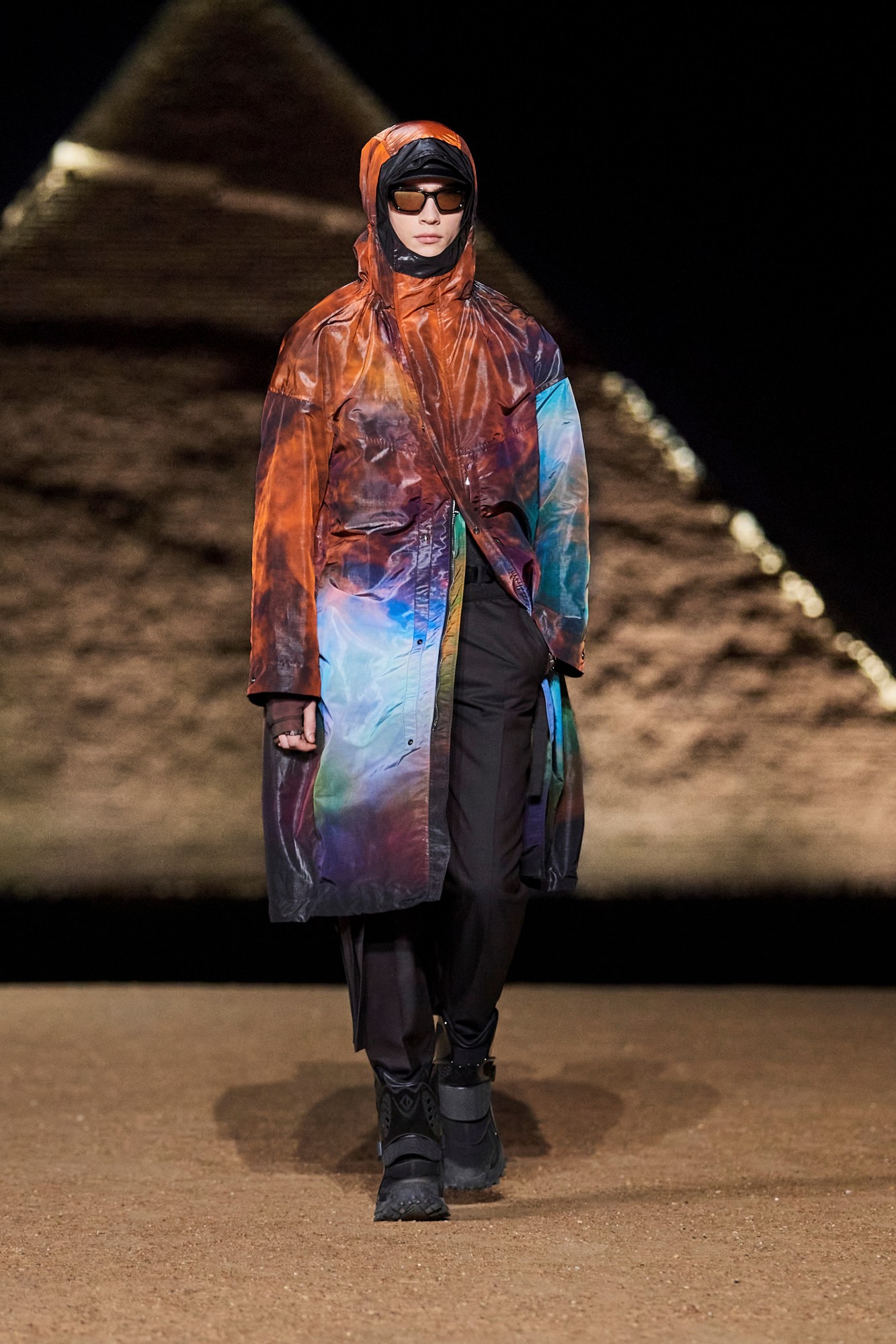
Credits
Images courtesy of Spotlight
